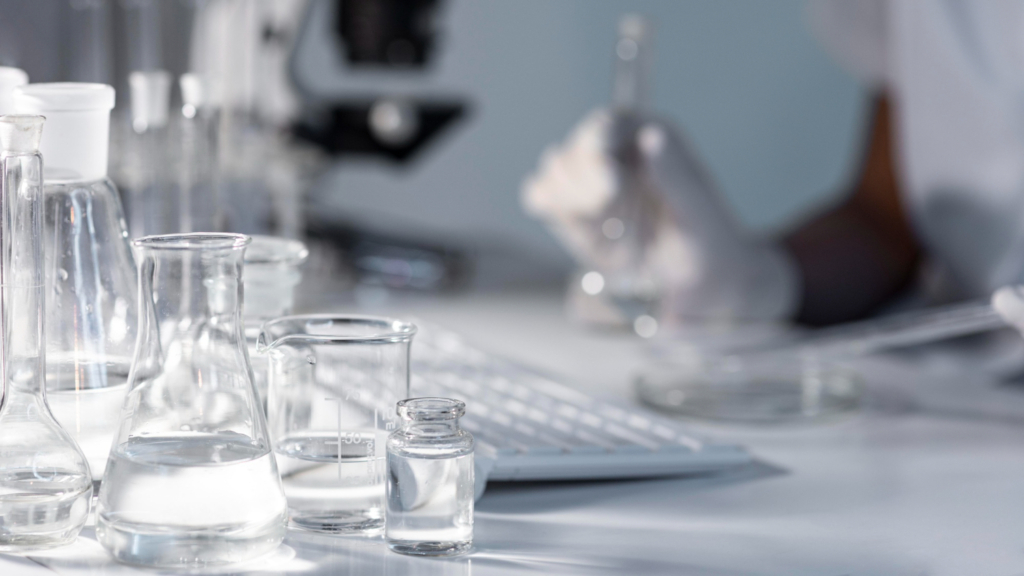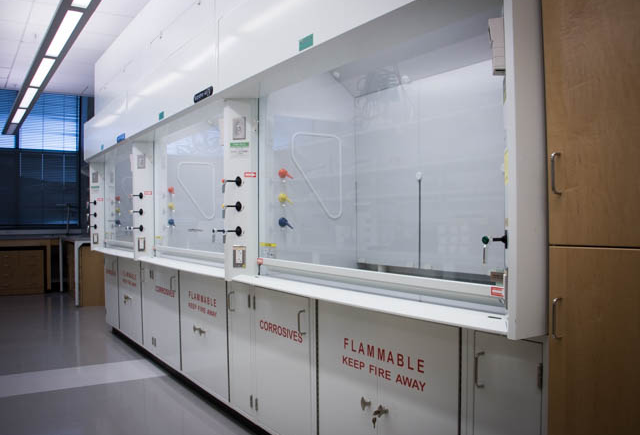Laboratory design plays a crucial role in facilitating scientific research and experimentation in Malaysia. A well-designed laboratory space can greatly enhance efficiency, accuracy, and safety in scientific pursuits. In this article, we will delve into the importance of laboratory design Malaysia and explore why investing in optimized laboratory spaces, tailored to specific needs, is advantageous for researchers and scientists.

The Importance of Laboratory Design in Malaysia
Laboratory design holds significant importance in Malaysia’s scientific landscape. It encompasses the layout, organization, and functionality of a laboratory, taking into consideration factors such as safety, workflow optimization, equipment placement, and ergonomics. A thoughtfully designed laboratory can improve productivity, foster innovation, and ensure the safety of researchers and the accuracy of their findings.
- Efficient Workflow and Productivity: Laboratory design directly impacts workflow efficiency. By strategically planning the layout, researchers can minimize unnecessary movements and optimize the flow of materials, equipment, and personnel. Well-designed workstations, storage areas, and workflow patterns can streamline processes, reducing downtime and increasing productivity. This translates to quicker research outcomes and cost-effective operations.
- Safety and Risk Mitigation: Safety is of paramount importance in laboratory settings. Proper laboratory design takes into account safety protocols, hazardous material handling, ventilation systems, and emergency procedures. Adequate space for equipment, clear pathways, and designated storage areas for chemicals and samples help mitigate risks and ensure a safe working environment for researchers.
- Equipment Placement and Ergonomics: Laboratory design involves thoughtful placement of equipment to maximize functionality and ease of use. Properly located workstations, ergonomic seating, adjustable benches, and accessible storage contribute to researchers’ comfort, reducing the risk of fatigue and repetitive strain injuries. This promotes a conducive working environment, allowing scientists to focus on their research without physical discomfort.
- Flexibility and Adaptability: Scientific research is dynamic and ever-evolving. Laboratory design should accommodate changing research needs and emerging technologies. Flexibility in laboratory spaces allows for easy reconfiguration and adaptation to accommodate new research equipment, changing team sizes, or evolving research methodologies. This future-proof approach minimizes disruption and optimizes the use of available resources.
Conclusion:
Laboratory design in Malaysia plays a vital role in enhancing the efficiency, accuracy, and safety of scientific pursuits. An optimized laboratory space enables researchers to perform their work with increased productivity, reduced risks, and improved comfort. Investing in well-designed laboratories tailored to specific research requirements is advantageous for scientists and research institutions in Malaysia.
By prioritizing efficient workflow, safety protocols, proper equipment placement, and adaptability, laboratory design fosters an environment conducive to scientific discovery and innovation. It facilitates seamless collaboration, promotes research excellence, and contributes to the advancement of various scientific fields.



There are no comments